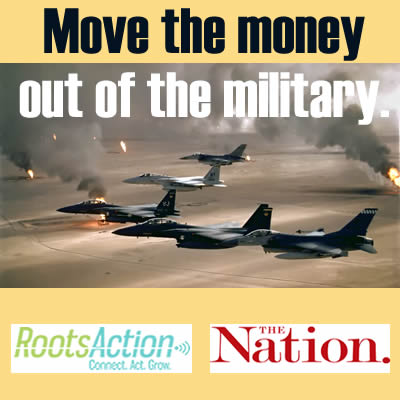|
Countries with the biggest military expenditures in 2013 in billion US dollars change (2004-2013 period) as percentage of GNP 1. USA
640
+ 12.0
3.8
Source: Suddeutsche Zeitung, no. 91, April 19/20/21, 2014, p.7
In 2013, compared with 2012, the biggest increase in arms expenditures occurred in Northern Africa, closely followed by sub-Saharan Africa. Next in line were S.E. Asia, EASTERN EUROPE, and East Asia as well as the Middle East. A comparable weak increase was noted in Latin America as well as Central Asia and South Asia. Due to the economic crisis, cut-backs occurred in North America, Western and Central Europe, and Oceania (Australia and New Zealand). Worldwide arms expenditures were shrinking slightly in 1988, 1989, and 1990.They were sharply reduced in 1991. They were reduced steadily in 1992, 1993, 1994, 1995, 1996, rose very slightly in 1997, and shrank slightly to the 1996 level in 1998. They rose again considerably since 1999, and this until 2009, a year with a particularly hefty increase which resulted in a level of arms spending higher than that of 1988. They levelled off in 2010-2012 and dropped slightly in 2013 but were still on a pre-1989 level. [This is an interpretation of figure 1 (“Weltweit”) and figure 2 (“Entwicklung”) in Suddeutsche Zeitung] - Tom Hardy
Go to Art in
Society # 14, Contents
*
|
.
|
